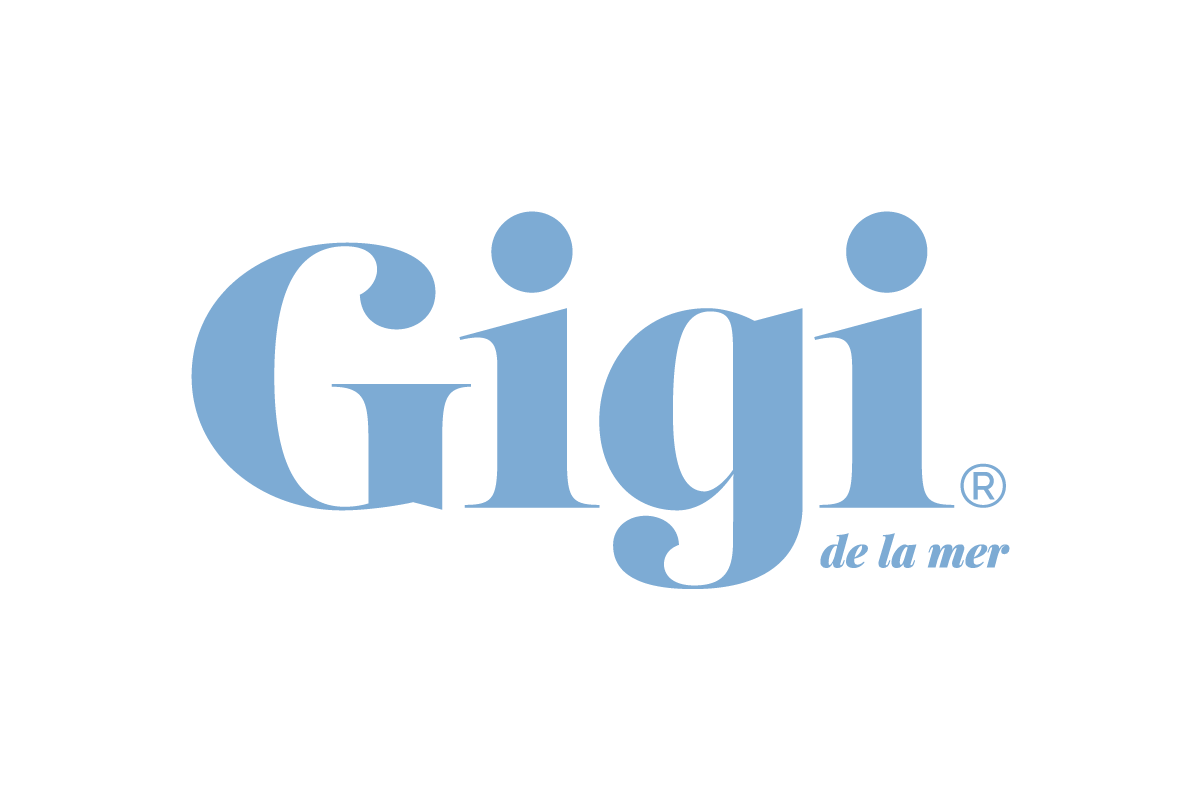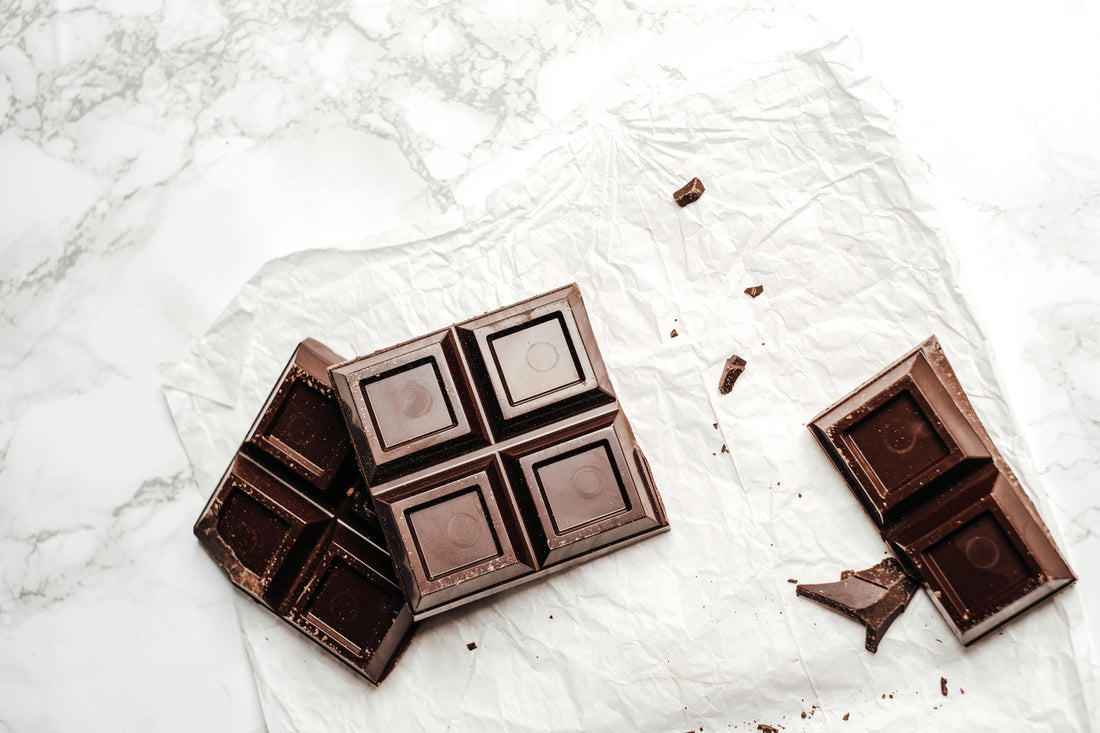Okay — have you ever found yourself deep in a craving at 3 PM for that chocolate bar you know you shouldn’t have? Or felt like you needed those salty snacks, even though you just ate lunch? Yep, it’s a familiar feeling, but you’re not alone. Food cravings are one of those things nearly all of us deal with at some point (and sometimes it feels like it’s more often than not). In fact, more than 90% of people experience them! So, what’s really behind that desperate urge to have just one more bite of something sweet or salty?
Craving Breakdown: Hunger vs. Cravings
Let’s break it down, shall we? First off, cravings and hunger are definitely not the same thing. Hunger is your body’s way of saying, "Hey, it’s time to eat!" It’s all about keeping your energy levels up. When your stomach’s empty, your body sends out that reminder to fuel up. Hunger is essential — it’s your body’s drive to nourish itself.
Now, cravings? A totally different story. Cravings are that intense, irresistible urge for something specific. And of course, it’s usually something indulgent because, why can't we crave a healthy kale salad? Instead, we’re usually looking for energy-dense, feel-good foods. And what do we crave the most? Chocolate, obviously (and honestly, anything chocolatey). After that, we’re talking high-calorie sweet and savoury snacks that just won’t leave your mind. Here’s the thing, though: cravings tend to hit hardest in the late afternoon and evening. And, as the day goes on, those cravings for all the calorie-dense goodies get even stronger. So while hunger is about nourishing your body, cravings? They’re all about feeding those little indulgent desires.
Triggers of Cravings
Cravings don’t just come out of nowhere. They’re usually caused by a mix of biological, emotional, and environmental factors. Yes, our menstrual cycle plays a big role (more on that in a second!), but everyday life factors like stress and lack of sleep can send those cravings into overdrive. Let’s dive into some of the most common triggers:
Stress & comfort snacking -
We’ve all been there — that moment when you’re knee-deep in work, deadlines are looming, and suddenly, you need something comforting. What do we reach for? Ice cream, crisps, or even some biscuits. It’s not just your imagination — stress actually triggers your cravings! When we’re stressed, our bodies release cortisol (the stress hormone), which can make us crave sugary or fatty foods. But here’s the kicker — comfort foods don’t just satisfy hunger; they also trigger a release of dopamine, the “feel-good” neurotransmitter. This makes us feel a temporary sense of relief and happiness, which is why we often turn to these foods when life gets overwhelming.
Short-term stress can kill your appetite (think: pre-interview nerves), but chronic stress? It’s the opposite. It ramps up your hunger and cravings, making you want to chow down on anything that feels comforting. So yeah, stress-eating is a real thing — and it’s probably one of the biggest reasons we find ourselves eating the snacks we know we shouldn’t. That dopamine hit can feel like the only thing that will help you unwind after a long day. But it’s all temporary, and eventually, those cravings start to creep back.
Tired & hungry?
We all know that lack of sleep makes us feel irritable and sluggish, but did you know it can also mess with your cravings? Sleep is way more important than just making us feel rested. It plays a big role in regulating neuroendocrine function (that’s how your hormones and nervous system work together to control things like hunger, metabolism, and mood) and glucose metabolism. When you don’t get enough sleep, your body’s ability to process sugar and regulate appetite goes out of balance, making you crave those high-calorie, sugary foods.
Sleep deprivation also messes with your hunger hormones. Leptin (the one that tells you you’re full) drops, and ghrelin (the one that makes you feel hungry) rises. That’s why lack of sleep has you reaching for the chocolate bar or a salty snack, even if you’re not actually starving.
And here’s the thing — it’s not just all in your head. Studies have shown that when you get more sleep, you actually experience fewer cravings for those sweet or salty foods. In one study of young adults, those who got more rest reported a decrease in their desire for indulgent treats like chocolate and crisps. So, if you’re battling those late-night cravings, maybe the secret is simple: catch up on sleep!
Cravings and Your Menstrual Cycle: What’s Really Happening?
Hormones – they really do play a big role in everything, including those cravings. If you’ve ever noticed that your cravings seem to get way stronger right before your period, you’re definitely not imagining things. In fact, PMS cravings affect over 70% of women! The hormonal fluctuations that happen throughout your menstrual cycle can trigger some serious cravings, especially in the second half of the cycle.
During the luteal phase (the phase after ovulation and before your period), your oestrogen levels drop while progesterone levels rise. This shift can ramp up your appetite and make you more sensitive to food cues. That’s why, in this phase, you’re more likely to reach for those comforting, high-fat, high-carb foods. In fact, research shows that women tend to eat more and crave sweeter foods during this time compared to the first half of their cycle (the follicular phase).
On top of that, during the luteal phase, your body becomes less sensitive to insulin, meaning your cells have a harder time processing blood sugar. This dip in insulin sensitivity contributes to those classic PMS symptoms and cravings for calorie-dense foods, as your body tries to regulate your blood sugar. Some studies even show that cravings can be up to 57% stronger during the luteal phase, sticking around all the way through menstruation. So, those cravings before and during your period? Completely tied to those hormonal shifts!
Snack Smarter: Nutritious Alternatives You’ll Love
If you’re looking to satisfy those cravings while fuelling your body with healthy nutrients, there are plenty of snack swaps that taste just as good and are much kinder to your body. Here are some feel-good alternatives to enjoy the next time cravings strike:
Chocolate Craving? Try Dark Chocolate & Almonds
Why it works: Dark chocolate (at least 70% cocoa) is rich in antioxidants and can satisfy that chocolate craving with just a small amount. Pair it with almonds for a protein boost and to help keep you full longer. Plus, almonds have healthy fats that your body loves!
Craving Something Sweet? Try Stuffed Dates with Almond Butter
Why it works: Dates are naturally sweet, packed with fibre, and full of essential minerals like potassium and magnesium. When you stuff them with almond butter (or any nut butter of your choice), you add a satisfying dose of protein and healthy fats, making them the perfect sweet snack to curb cravings. You can even sprinkle some sea salt on top for a sweet-salty combo!
Craving Something Crunchy? Try Rice Cakes with Avocado
Why it works: Rice cakes are light and crunchy, but when topped with avocado, they become a delicious and satisfying snack. The healthy fats in the avocado help curb hunger, while the rice cake provides a nice crunch. For an extra filling boost, try adding some smoked salmon, or if you're plant-based, top it with cherry tomatoes and a sprinkle of salt for a simple yet flavoursome snack.
Carb Craving? Try Sweet Potato Fries
Why it works: Swap regular fries for homemade sweet potato fries. They’re naturally sweet, full of fibre, and packed with vitamins A and C. Simply cut up some sweet potatoes, toss them in olive oil, and season with a sprinkle of sea salt or paprika, then pop them in the oven. You’ve got a nutritious, whole-food swap that satisfies your carb craving without the heavy, greasy feeling.



